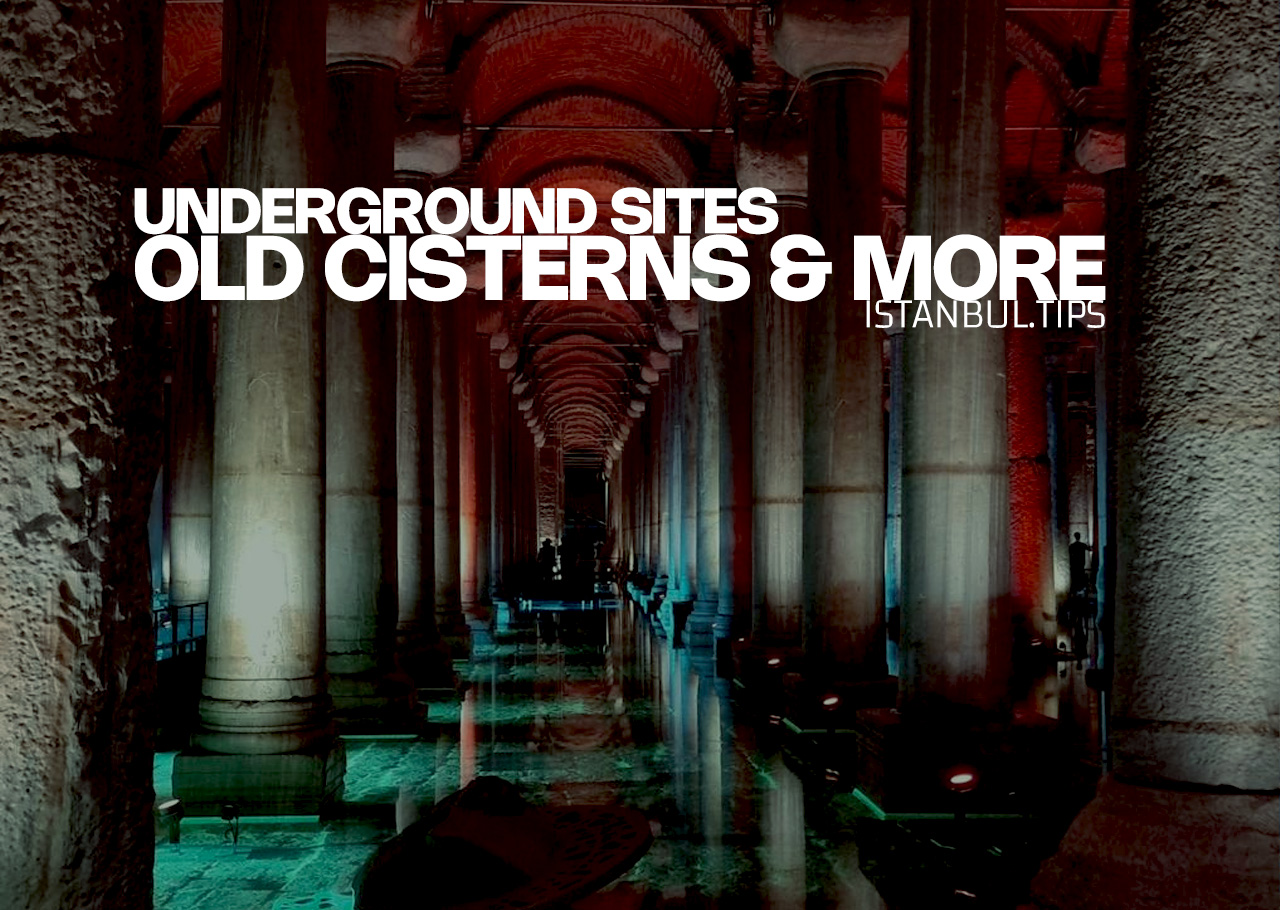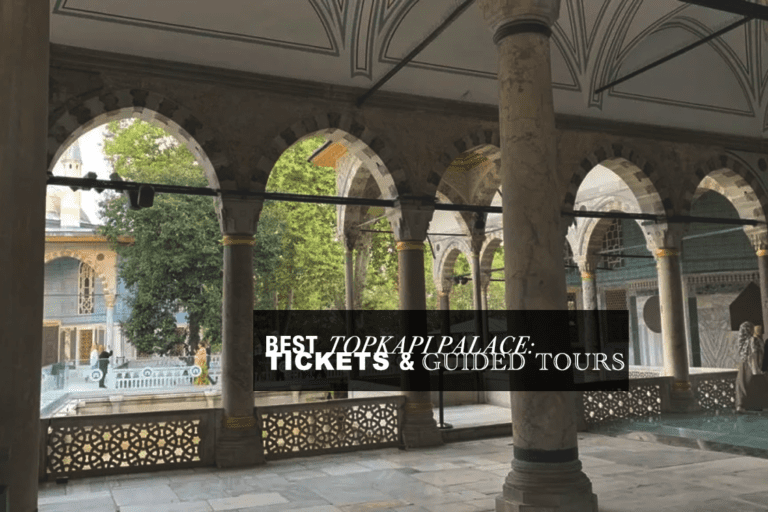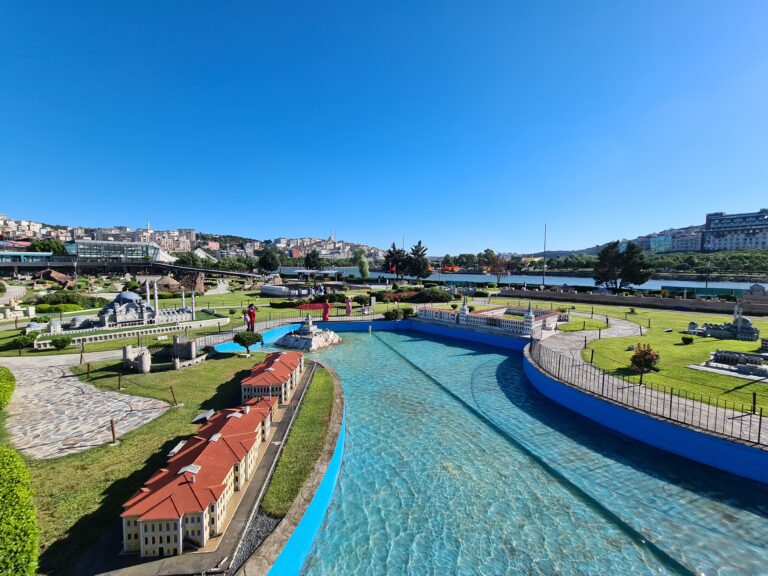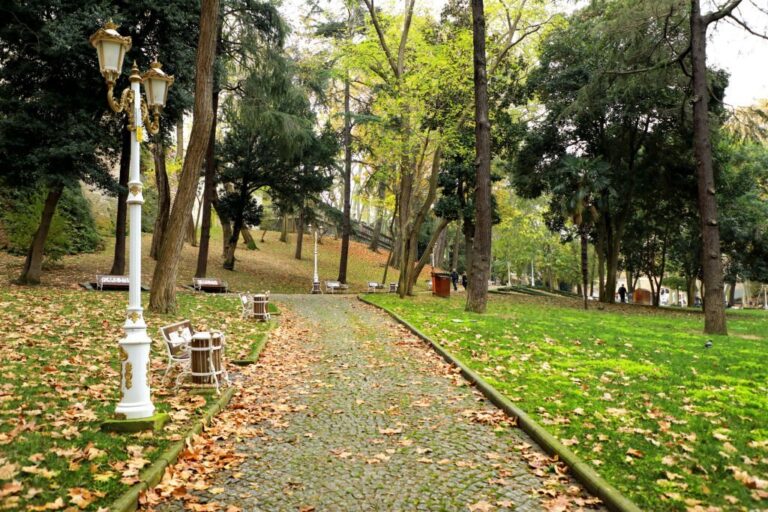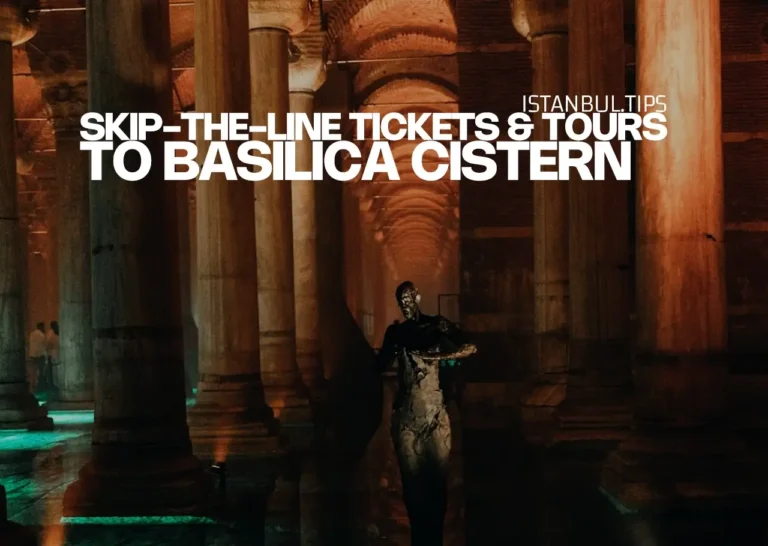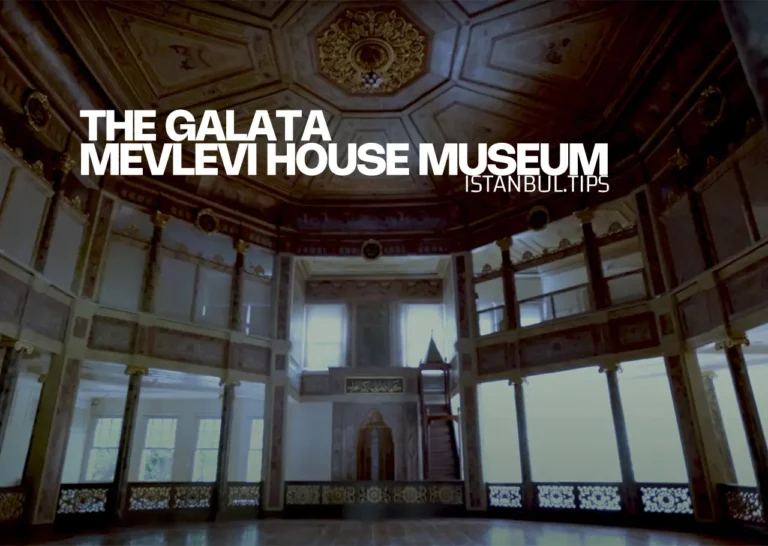Underground Sites in Istanbul: Old Cisterns & More (2025)
Pay Once and Have Free Attractions Entry for 7 days
Istanbul’s underground heritage offers a fascinating journey through layers of history, from ancient Roman cisterns to hidden tunnels and subterranean mosques. While the Basilica Cistern is the most famous, there are several other underground treasures, each telling a unique story.
These sites reveal how ancient civilizations, like the Byzantines and Ottomans, managed water supply, built fortifications, and even created places of worship. Recognized by UNESCO for their cultural significance, Istanbul’s underground is an often-overlooked aspect of the city that deserves exploration.
🎒3 Best Experiences in Istanbul
Istanbul: Mevlevi Sema and the Whirling Dervishes Show 🌟 4.3 / 5 (2533 reviews)
Istanbul: Private Turkish Bath, Massage, and Spa in Old City 🌟 4.8 / 5 (81 reviews)
Istanbul: Taste of Two Continents Food Tour 🌟 4.9 / 5 (243 reviews)
Basilica Cistern (Yerebatan Sarnıcı)
The Basilica Cistern, built in 532 AD under Emperor Justinian I, is perhaps the most famous cistern in Istanbul. This underground reservoir once supplied water to the Great Palace of Constantinople and later to Topkapi Palace. Known for its massive, repurposed Roman columns, the cistern offers a unique glimpse into the engineering feats of the Byzantine Empire.
Highlights:
- Medusa Heads: Two iconic Medusa head sculptures are used as column bases, creating an air of mystery. One head is placed upside down, while the other is sideways, with many theories surrounding this odd arrangement.
- Film Fame: The Basilica Cistern has appeared in films like James Bond: From Russia with Love and Inferno.
- Atmosphere: Dim lighting and soft music give the space a mystical ambiance. It’s a must-visit, especially for photographers.
Practical Info:
- Price: 900 TL (day), 1400 TL (evening). Discounted rates for residents.
- Opening Hours: 09:00 – 22:00
- Location: Alemdar, Yerebatan Cd. 1/3, Fatih, Istanbul
- Pro Tips: Visit early in the morning or late in the evening to avoid long queues. Also, wear non-slip shoes as the floor can be damp and slippery.

Free Entry to the Basilica Cistern and a Guided Tour with Istanbul E-Pass
The Istanbul E-Pass is a valuable option for travelers, as it offers free entry and guided tours to the Basilica Cistern, along with 50+ other attractions, providing a convenient and cost-effective way to explore the city.
Gülhane Park Cistern (Gülhane Parkı Sarnıcı)
Hidden inside Gülhane Park, this lesser-known cistern offers a quiet escape from the bustling city. Historians suggest that the cistern dates back to the Byzantine era, though some believe it was constructed earlier during the reign of Emperor Hadrian. Originally a part of the city’s water transport system, this cistern now functions as a cultural space under the name “Gülhane Sanat.”
Highlights:
- Historical Center: Situated within Gülhane Park, it’s a peaceful spot for art exhibitions.
- Cistern Today: Once served as an aquarium, it’s now a venue for metal sculptures and contemporary art, crafted by graduates of the Mimar Sinan University of Fine Arts.

Practical Info:
- Price: Free entry
- Opening Hours: 09:00 – 18:00
- Location: Gülhane Park, Istanbul
- Pro Tips: Combine your visit with a stroll through Gülhane Park and a visit to the nearby Topkapi Palace.
Don’t Miss The Best Tours and Cruises in Istanbul
Theodosius Cistern (Şerefiye Sarnıcı)
The Theodosius Cistern, or Şerefiye Sarnıcı, was built between 428-443 AD under the reign of Emperor Theodosius II. This smaller but equally enchanting cistern was rediscovered during recent restorations and transformed into a cultural and exhibition space. Located in the Fatih district, it’s close to other major landmarks such as the Grand Bazaar.
Key Features:
- Art Exhibitions and Light Shows: The cistern frequently hosts immersive 3D light shows and temporary art installations. The unique underground atmosphere, combined with modern projections, creates a captivating contrast between history and technology.
- Reflective Columns: The water inside the cistern creates striking reflections, enhancing the beauty of its illuminated columns, making it a prime photography location.
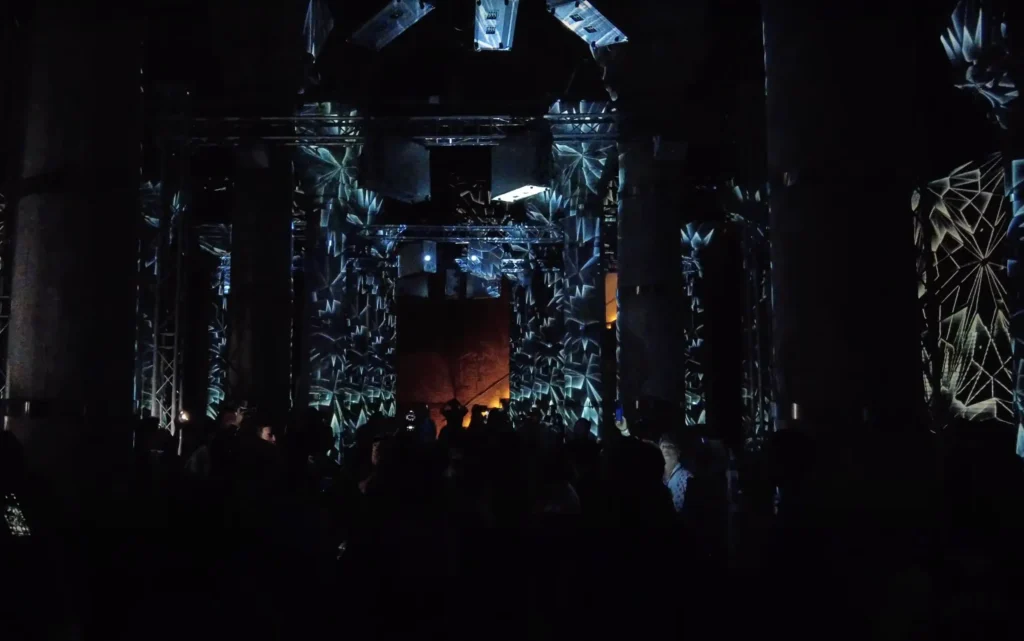
Practical Info:
- Ticket Prices: 650 TL.
- Opening Hours: Every day from 10:00 AM to 5:00 PM.
- Location: Şerefiye Sarnıcı
The show times vary, so it’s best to check the official website for the most accurate schedule before visiting.
Cistern of Philoxenos (Binbirdirek Sarnıcı)
The second-largest cistern in Istanbul after the Basilica Cistern, Binbirdirek Sarnıcı dates back to the 5th century and was originally built to serve the palace of the Byzantine senator Philoxenos. Unlike other cisterns, it feels more spacious due to its open design.
Highlights:
- Architecture: Featuring 224 columns in a symmetrical layout, this cistern feels more open and bright compared to the Basilica Cistern.
- Event Space: Binbirdirek is often used for concerts, exhibitions, and special events, making it a dynamic cultural venue.
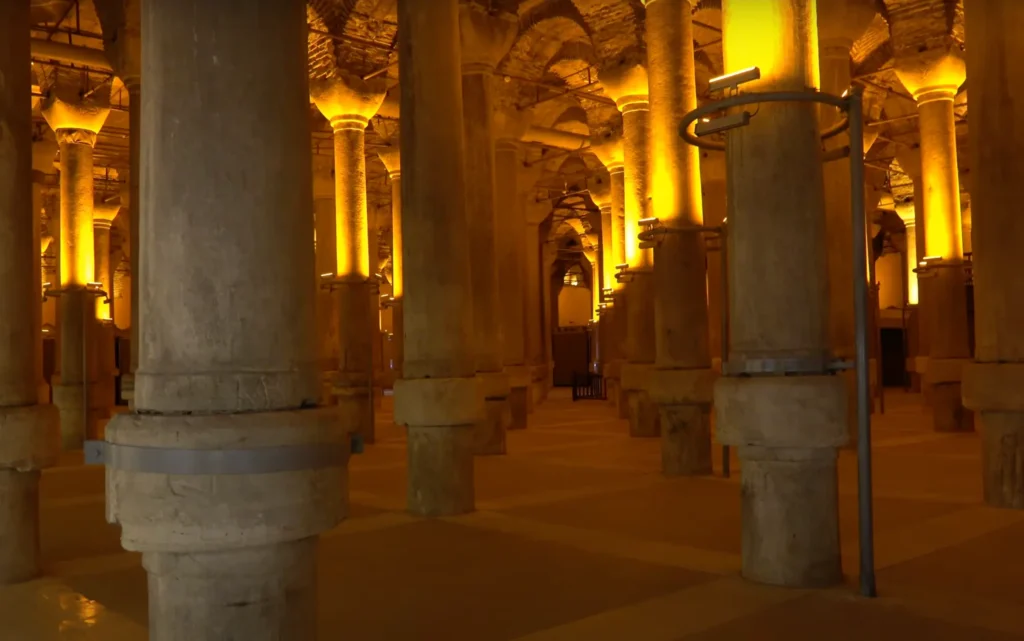
Practical Info:
- Ticket Prices: 200 TL.
- Open for events, concerts & exhibitions. Check the official website for info.
- Location: Binbirdirek Mh., Fatih, Istanbul
- Pro Tips: Visit during an event for a more lively experience, but keep in mind it can be more crowded during such times.
Nakkaş Cistern (Nakilbent Cistern)
Located beneath the Nakkaş Oriental Rugs store near the Grand Bazaar, the Nakkaş Cistern is a lesser-known but captivating underground cistern. Originally built in the 6th century during Emperor Justinian’s reign, it was discovered during restoration work and now serves as an intimate, less-crowded alternative to the Basilica Cistern.
Key Features:
- History: This Byzantine cistern was likely built in the 6th century and was part of the broader water storage system of Constantinople.
- Current Use: Today, it’s used as an art gallery, hosting exhibitions and cultural events, while visitors can also browse the Turkish carpet shop above. The quiet atmosphere offers a peaceful retreat from Istanbul’s bustling tourist areas.
Visiting Info:
- Open: Every day from 9:00 to 17:30 .
- Location: Nakkaş Cistern
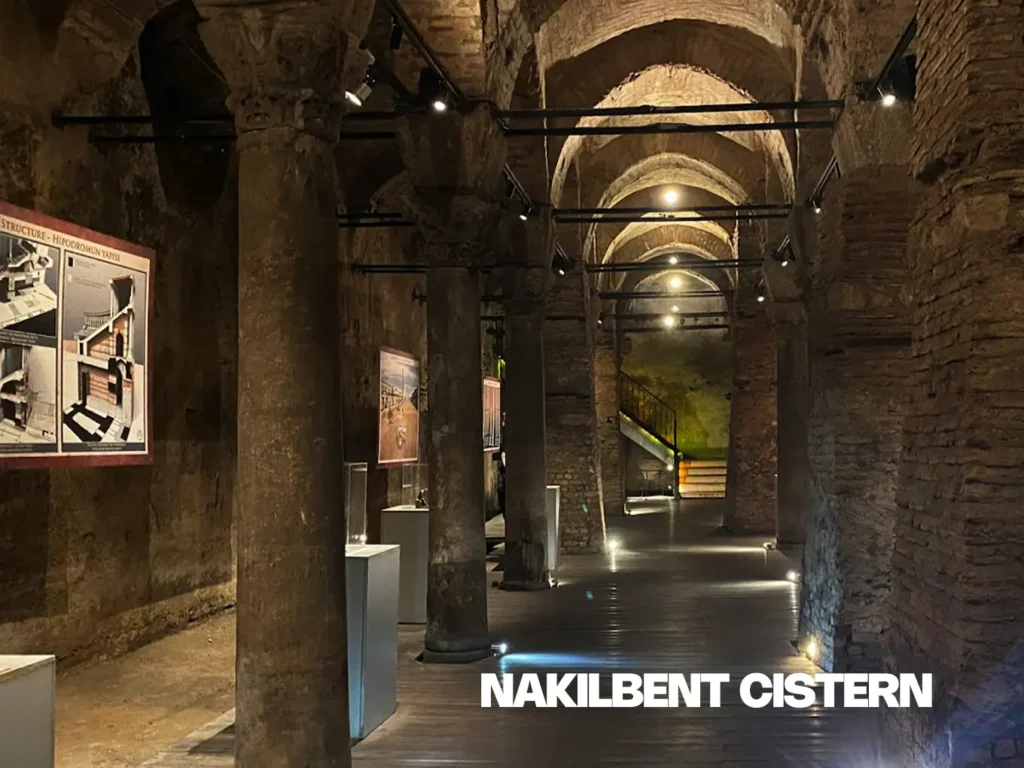
Cistern of Aetius (Aetius Sarnıcı)
Built in the 5th century under the Praetorian Prefect Aetius, this cistern is one of the largest and most significant Byzantine reservoirs in Istanbul. Situated in the Vefa district, near the Fatih Mosque, this cistern was connected to the city’s water system, including the Aqueduct of Valens.
Key Features:
- Size: The cistern spans 244 meters by 85 meters, holding about 250,000 cubic meters of water.
- Historical Purpose: It was part of the Byzantine network designed to supply water to Constantinople.
Current Status:
- Not accessible: The cistern is not open to visitors, and the land above it has been transformed into Vefa Stadium, concealing most of the structure.
The Sarnıç Restaurant
For a more immersive cistern experience, you can visit Sarnıç Restaurant, located within a cistern, offering a unique blend of history and fine dining. While prices are on the higher side, the traditional Turkish menu and the atmospheric setting make it a worthwhile visit, avoiding the typical tourist traps of Sultanahmet.
- Location: The Sarnıç Restaurant
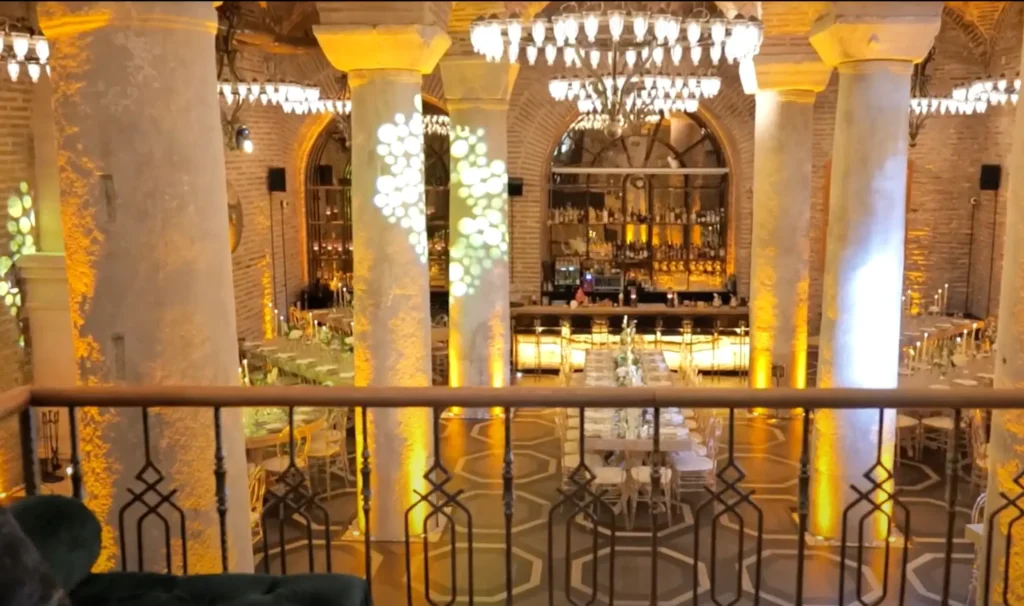
Myrelaion Cistern (Bodrum Cistern)
Located beneath the Bodrum Mosque, the Myrelaion Cistern (Bodrum Sarnıcı) is a lesser-known Byzantine-era cistern in Istanbul. Built in the 10th century by Emperor Romanos I Lekapenos as part of the Myrelaion Palace, it’s one of the city’s quieter, more intimate underground sites. Unlike the Basilica Cistern, this site has not been restored and is in relatively poor condition.
Key Features:
- Architecture: With 32 columns arranged in four rows, supporting its vaulted ceiling, the cistern’s design mirrors the grandeur of Byzantine engineering, though many of its features remain neglected today.
- Transformation: Like many historical structures in Istanbul, the cistern was later repurposed by the Ottomans, becoming a part of the Bodrum Mosque complex.
- Current State: The cistern is currently in a state of disrepair and serves as a storage facility rather than a polished tourist attraction. Visitors should not expect the same level of upkeep or grandeur as other cisterns in Istanbul. It offers a raw, unrefined experience of history.
Practical Info:
- Location: Bodrum Mosque
The Underground Mosque (Yeraltı Camii)
The Underground Mosque, or Yeraltı Camii, is one of Istanbul’s most unique places of worship, blending Byzantine and Ottoman history. Originally part of a Byzantine structure, it was later converted into a mosque in the 16th century.

Key Features:
- Historical Origins: Likely used as a dungeon or cistern before becoming a mosque under Ottoman rule.
- Tombs: Believed to house the tombs of two companions of Prophet Muhammad, making it a spiritually significant site.
- Underground Setting: The mosque’s subterranean design gives it a somber and contemplative ambiance, with simple architectural features and low ceilings.
Location: Yeraltı Camii. In Karaköy, near the Golden Horn, nestled between modern buildings.
Istiklal Street Underground Tunnels
Hidden beneath the bustling Istiklal Street, the tunnels of Rumeli Han offer an eerie yet fascinating experience. These tunnels, originally built in 1895, were rediscovered during building renovations.
Key Features:
- Historical Architecture: Arches, rooms, and corridors from the late Ottoman period.
- Art Galleries: Some sections have been converted into temporary art spaces, with mosaics and paintings on display.

Practical Info:
- Entry Fee: 50 TL, 25 TL for students.
- Location: Rumeli Han
Tünel Funicular: A Historic Ride
Opened in 1875, the Beyoğlu Tünel is the world’s second-oldest underground urban railway, connecting Karaköy to Beyoğlu. Though it’s a functional piece of Istanbul’s public transport, it also offers a quick historical trip under the heart of the city.
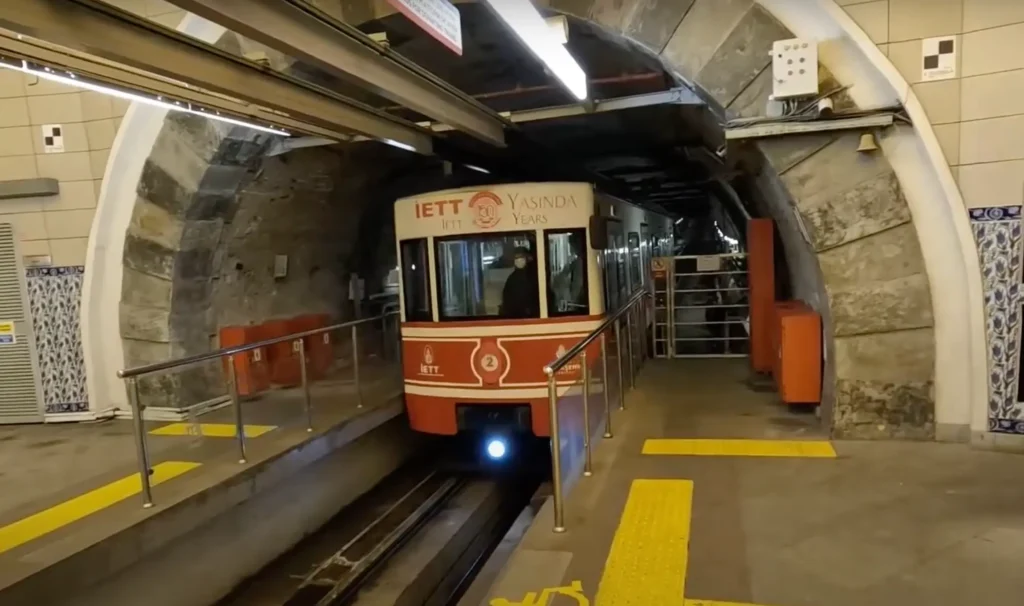
Key Features:
- Historical Significance: The second oldest subway in the world after London’s.
- Practical Use: A short but fascinating ride, especially for those traveling between Karaköy and Beyoğlu.
Visiting Info: It’s part of Istanbul’s public transport system and accessible with an Istanbulkart.
Don’t Miss The Best Tours and Cruises in Istanbul
Old City Digital Route №1
A step-by-step guide to uncovering Istanbul’s hidden gems beyond Sultanahmet. Access the route via Google Maps and a handy PDF guide, both packed with:
- Local dining spots for any budget
- Currency exchange tips
- Recommended hotels in Fatih
- Directions from the airport to Sultanahmet
- Souvenir and gift ideas
$9.99
